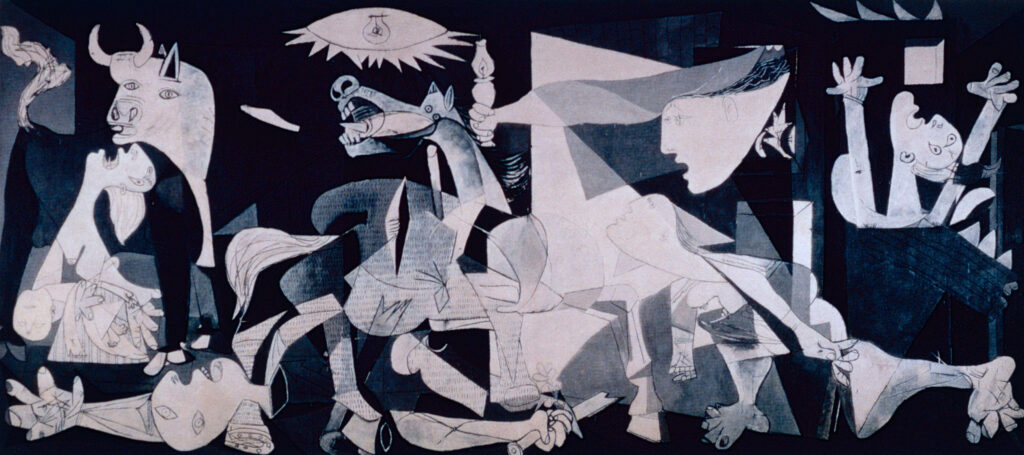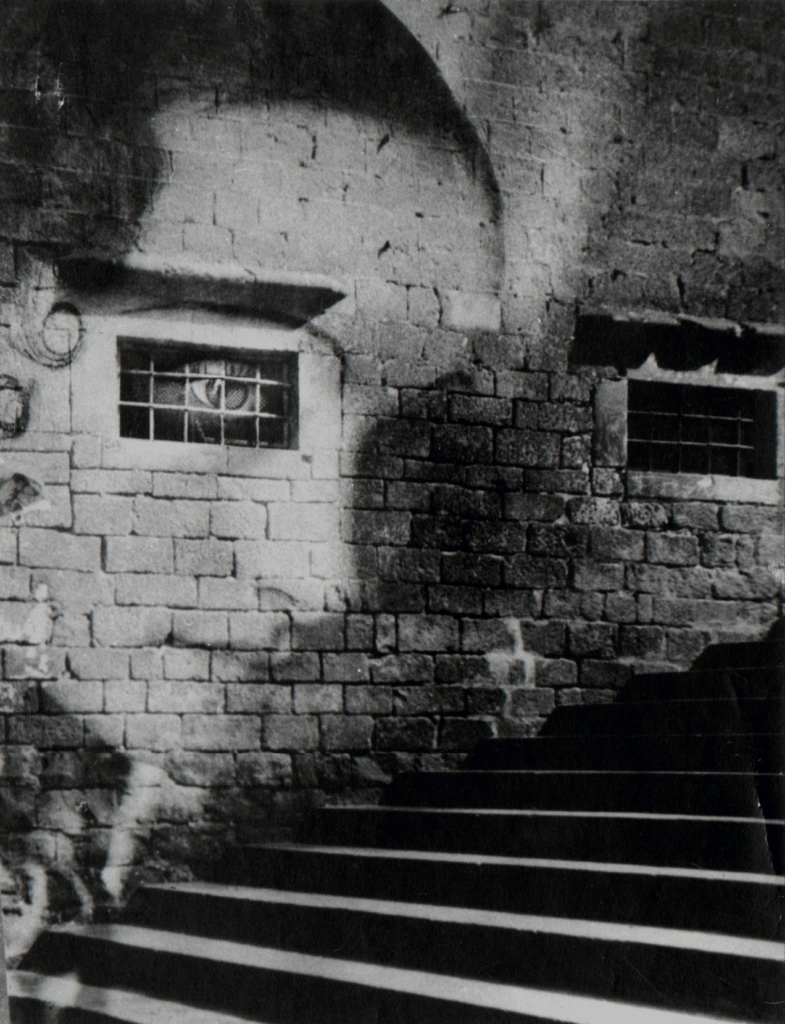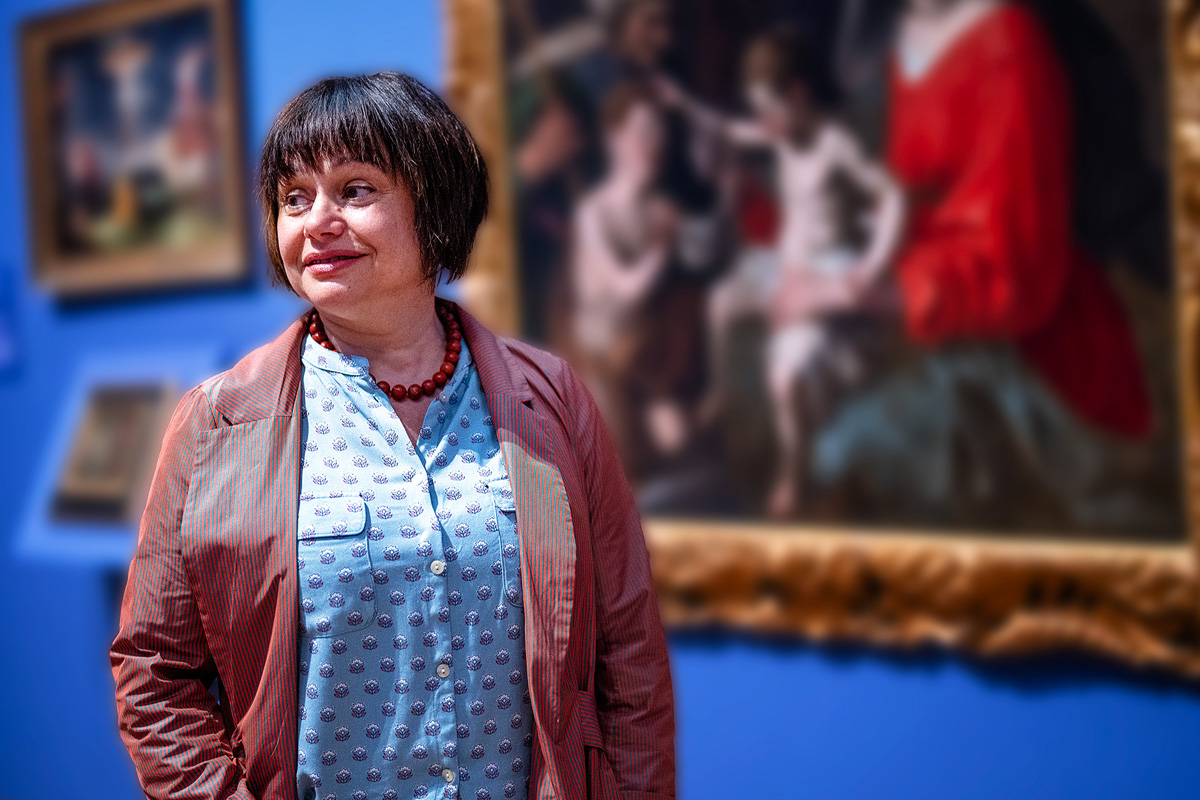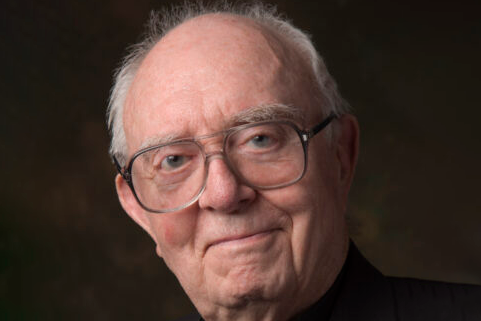In 1937, one year after the Spanish Civil War began, Pablo Picasso presented to the world what would become one of his most famous and recognizable paintings. Named after a northern Spanish town bombed mercilessly by Hitler’s air force in support of one side of the fractured country, “Guernica” has appeared in countless classroom lectures, art books and social movements — not to mention continued critiques among experts debating the painter’s original meaning some 80 years later.
The iconic painting of black-and-white disembodied human figures alongside a bull and a horse resonates deeply with generations of international viewers. “As we speak, there are references to “Guernica” being used to fight climate change, oppose gender violence … to support the ceasefire in Gaza,” says Dr. Eugenia Afinoguénova, chair and professor of Spanish.
Beyond artist intent, Afinoguénova wants people to consider how visual work can generate meaning and culture for viewers around the world. “Guernica” is one of many such images that were created during the three-year Spanish Civil War and sparked unshakable, lasting impressions in the public eye. Other examples include propaganda posters and anarchist films. These works and their collective influence are the focus of Afinoguénova’s latest ambitious research undertaking, “The Edinburgh Companion to the Spanish Civil War and Visual Culture,” which she is coediting with Dr. Silvina Schammah-Gesser of The Harry S. Truman Research Institute for the Advancement of Peace at The Hebrew University of Jerusalem and Dr. Robert Lubar Messeri at New York University.
“The Edinburgh Companion” illuminates how the cryptic, open-ended nature of images allows them to take on a different life than spoken or written messaging. The idea is that visual art lands and lingers in the brain differently than the experience of reading a political declaration in a newspaper or, these days, on X, the social media platform.
Last fall the project received nearly $125,000 from the National Endowment for the Humanities. Just over a year earlier, Afinoguénova also won the Lawrence G. Haggerty Faculty Award for Excellence in Research, Marquette’s highest research honor, for her scholarship exploring urgent political and environmental concerns in tourism, visual culture and food studies.

Historically speaking, the three-year period of the Spanish Civil War, 1936-1939, carries significant weight given the rise of fascism in multiple nations at the time. In the case of Spain, what started as a coup against the government of Spain’s Republic evolved into a brutal revolutionary precursor to World War II. “Our project is speaking about the difference between image and word,” Afinoguénova says, “on both sides of the conflict.”
The volume also elevates lesser-known works and creators, such as photography by Kati Horna. The Hungarian-born photojournalist arrived in Spain in 1937 to support the propaganda efforts of the Republic against General Francisco Franco’s militant Nationalist faction. Many of Horna’s striking images, such as “Subida a la Catedral, Barcelona” (Staircase to the Cathedral) published in the anarchist-leaning press, convey through surrealism the struggles of civilians surviving a war-torn Spain. Although Horna’s work from this era has received some recognition, Afinoguénova’s book could bring more exposure and perspective to its impact.
The writers of “The Edinburgh Companion” track the influence of imagery across Europe in the 1930s and beyond into the modern day. “We now hear a lot about fascism and anti-fascism right here in the United States and Europe as well. This language dates back to the 1930s,” Afinoguénova says.

Kati Horna, The Spanish Woman Before the Revolution. Photomontage using the images of the Gothic Quarter in Barcelona. 60 x 60mm Negative. Nitrate of cellulose. B/W Published in Libre Studio, march 1938, p.13, and in Umbral nº 29, p.16, March 31, 1938.
The team of contributors to “The Edinburgh Companion” illuminate how the cryptic, open-ended nature of images allows them to take on a different life than spoken or written messaging. The idea is that visual art lands and lingers in the brain differently than the experience of reading a political declaration in a newspaper or, these days, on X, the social media platform formerly known as Twitter. “What the images do, they give you pause, both figuratively and literally — because sometimes you have to think carefully about what they mean,” she says.
Thinking intricately about what things mean — beyond their face value — has been a hallmark of Afinoguénova’s exceptional career in scholarship. In 2008, she co-edited the volume ”Spain Is (Still) Different: Tourism and Discourse in Spanish Identity.” That book “…is now considered a foundational work on the cultural impact of tourism in Spain,” wrote the late Dr. Anne M. Pasero, a language professor at Marquette who nominated Afinoguénova in 2022 for the Haggerty Faculty Award.
Another published work in 2018,”The Prado: Spanish Culture and Leisure (1819-1939),” also helped prepare Afinoguénova for “The Edinburgh Companion” project. That monograph won the 2019 Eleanor Tufts Award from the American Society for Hispanic Art Historical Studies.
“Regardless of her teaching load, she has been ahead of her peers,” Pasero wrote in nominating Afinoguénova.
Afinoguénova also coedited the new book “Digestible Governance: Gastrocracy and Spanish Foodways,” which will be available August 2024. “The Edinburgh Companion” is under contract and set for submission to its publisher this year, with anticipated publication in 2025 or early 2026.



